Image via Zdenek Machácek/ Unsplash.
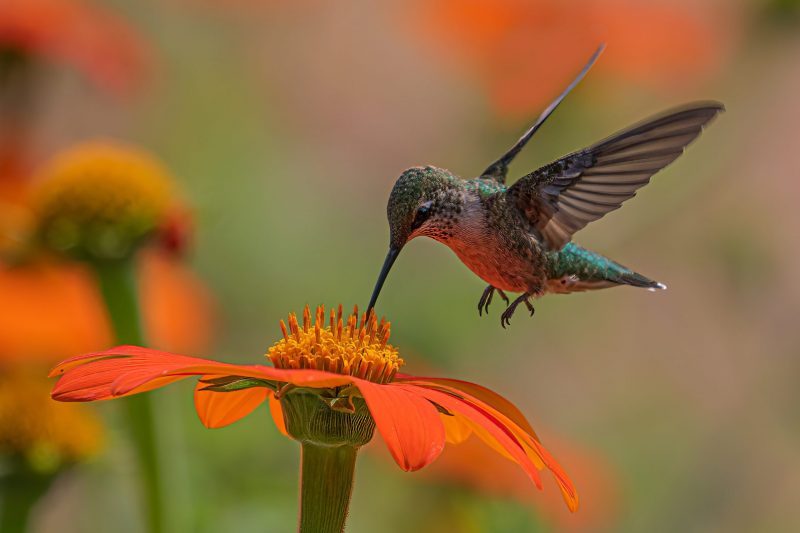
Did you know?
Hummingbirds – native to the Americas – are tiny, colorful and fast. Sometimes called hummers, they create a humming sound with their beating wings, which flap at high frequencies audible to other birds and humans.
Hummingbirds belong to the biological family Trochilidae. If they survive their first year, they can live for three to five years.
They are tiny birds. The smallest, the bee hummingbird, is the smallest bird in the world. It’s about 2 inches (5 cm) in length. And the biggest, the giant hummingbird, is only 10 inches (25 cm) long.
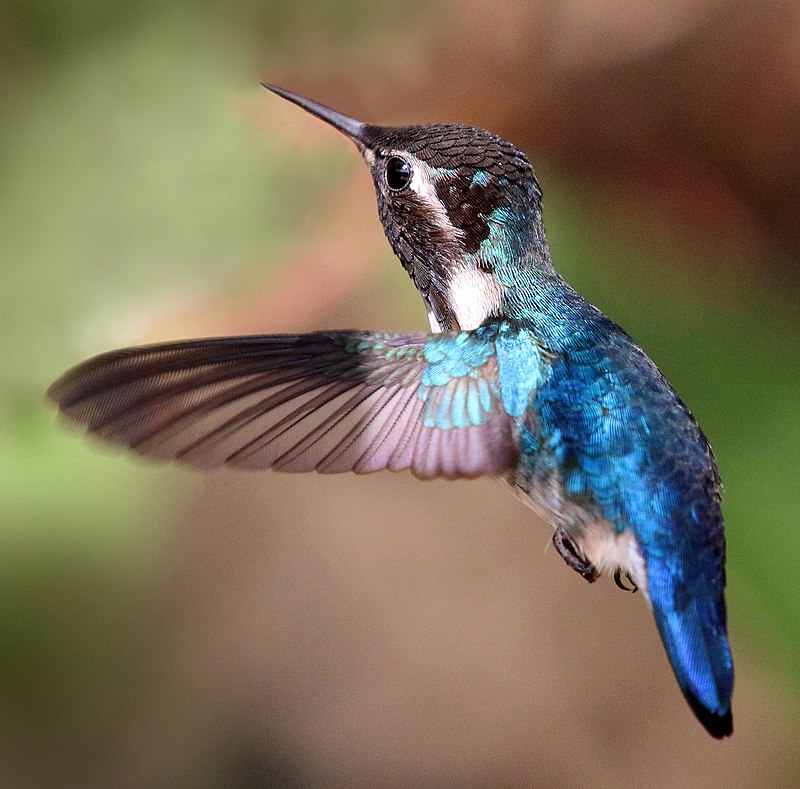

Nests and chicks
Have you ever wondered, if the adults are that small, how big are their nests and eggs? Hummingbird nests measure a little over an inch (2.5 cm) in diameter. They’re tough to spot on thin tree branches, often just above a tree trunk, and often at a fork. Hummingbird nests 101 here. In these tiny, well-hidden and camouflaged nests, hummingbirds lay two to three eggs that are less than an inch across. Wow. It looks like you need a magnifying glass to try to find them.
The hummingbird’s main goal is to make sure their chicks have adequate protection from wind, rain, sun, and predators, so they choose places for their nests that are dense, like shrubs, among plants, or the branches of trees.
These little nests are architectural wonders of nature, created to protect one of the most fragile little birds on the planet. It can take as little as five to eight weeks from the moment the nest is first created until the little birds are mature enough to take to the skies on their own.
When searching for a suitable nest site, the female may repeatedly land on it to test whether it is stable, and if she uses it, it must be able to support her weight, the nest, and her growing chicks. Naturally, since hummingbirds weigh next to nothing, almost any site is suitable.
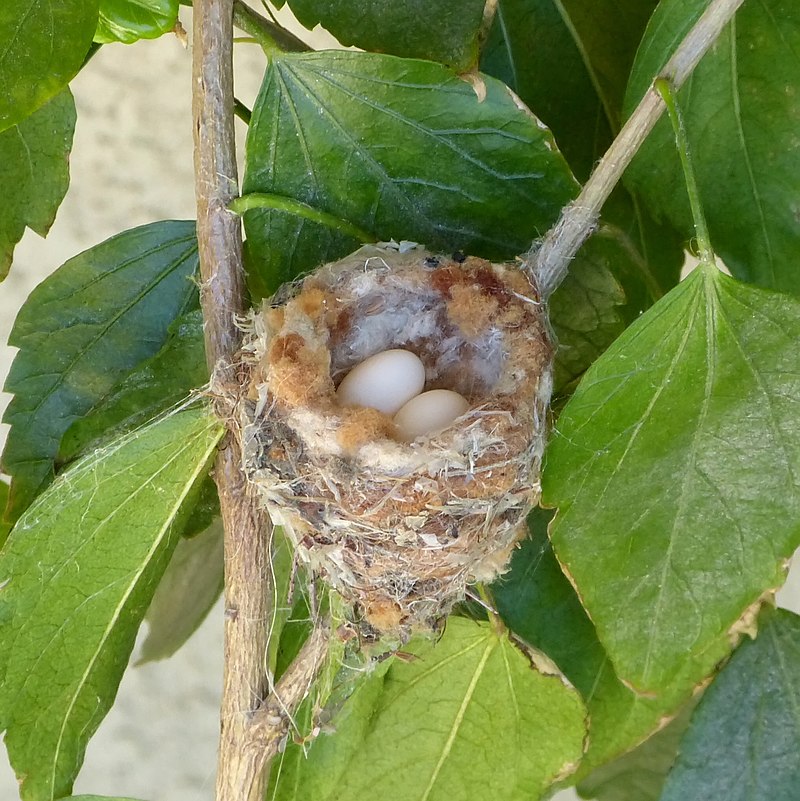
More on why they’re amazing
First, the flight of hummingbirds is unique. They’re the only bird that can fly backward. Also, they can suspend themselves in the air while they eat, motionless, except for the beating of their wings.
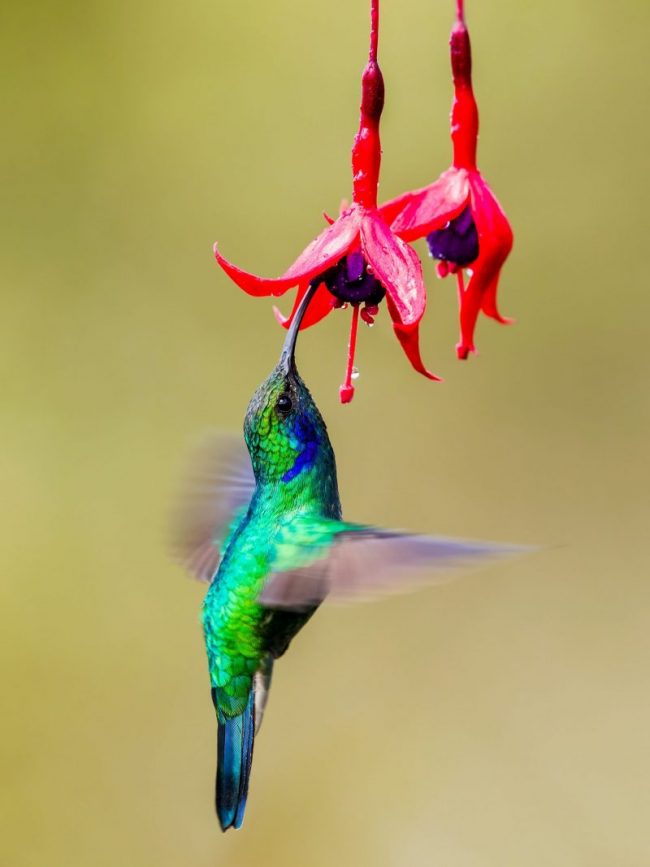
Also, consider hummers’ long and thin beaks. Some species have a beak that equals their body size. Hummingbirds also have a long and peculiar tongue, because it can be extended and has the tip divided. Their divided tongue tip lets them more easily suck nectar from flowers.
Video by SassePhoto.
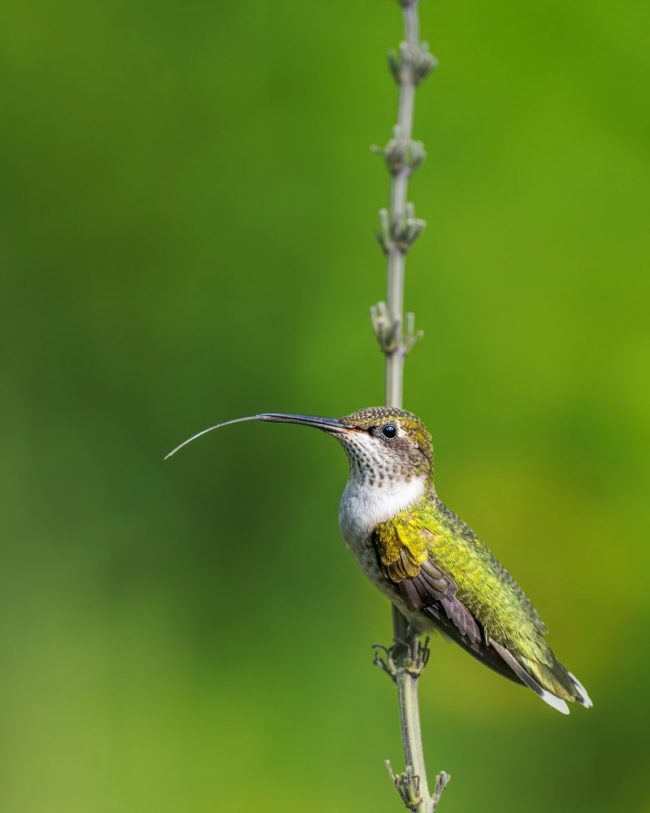
Plus, hummingbirds have incredible vision. They can see more colors than humans do.
But it’s not all colors and flowers for hummingbirds. They can’t use their legs to walk, for example. Luckily for them, nature is wise, and they can still use their legs for two things: to perch on branches for rest or sleep, and to scratch. What else can you ask for?
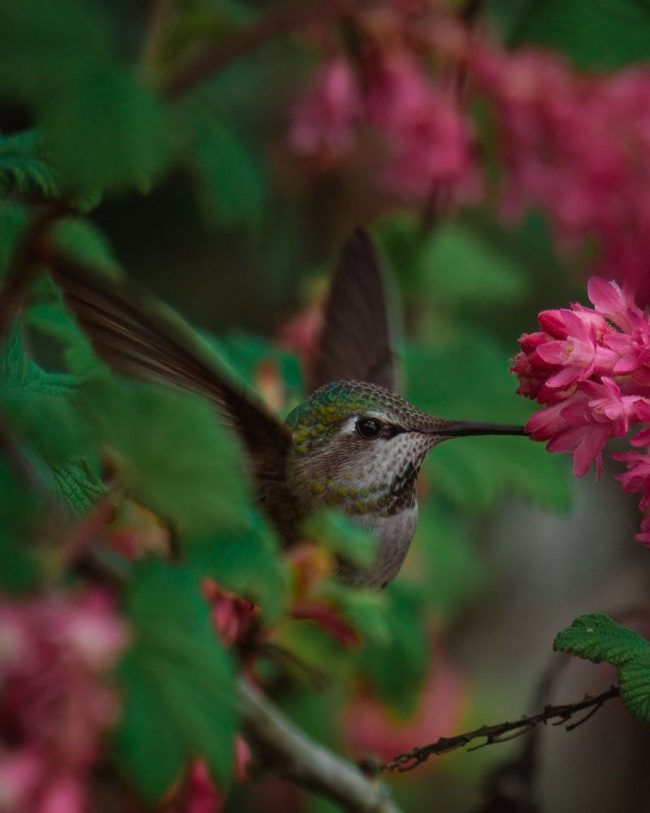
Non-stop movement and food intake
These non-stop birds consume a lot of energy, and all that energy usage takes food consumption. So, hummingbirds eat their own weight in nectar in just one day. If their weight is 0.18 ounces (5 grams), they drink 0.18 fluid ounces (5 milliliters) of nectar. If a human wanted to consume the same amount of nutrients, they would need around 286 pounds (130 kg) of food!
Thus, hummers are the vertebrates that eat the most, considering their weight.
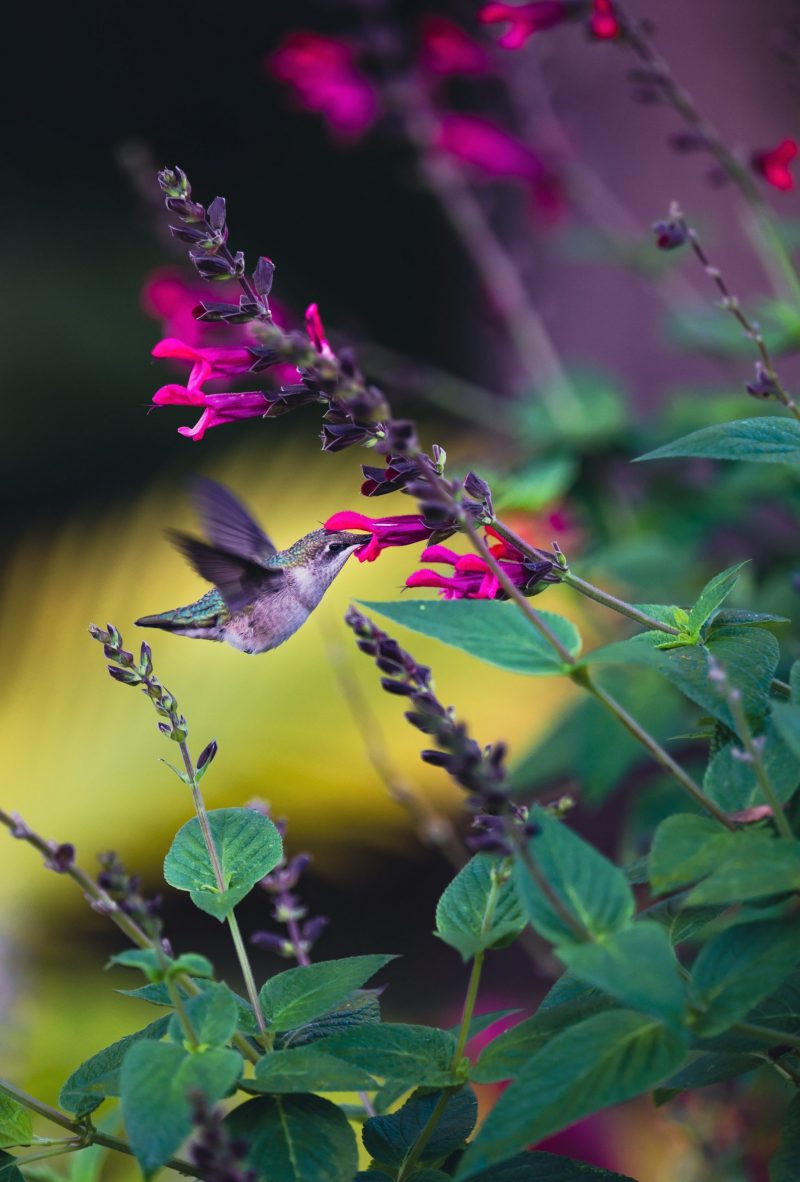
Hummingbird’s heartbeat
Impressed already? Wait until you hear about this. Hummingbirds’ hearts can beat 1,200 times per minute when they are moving. And when they are sleeping, their heart rate is still very high; their hearts beat 500 to 700 times per minute. So a hummingbird heart is as speedy as The Flash. And their wings are super-fast too! They move 70 to 200 times per second. When they fly forward, they can reach 43 miles per hour (70 kph). They are like tiny F1 drivers.
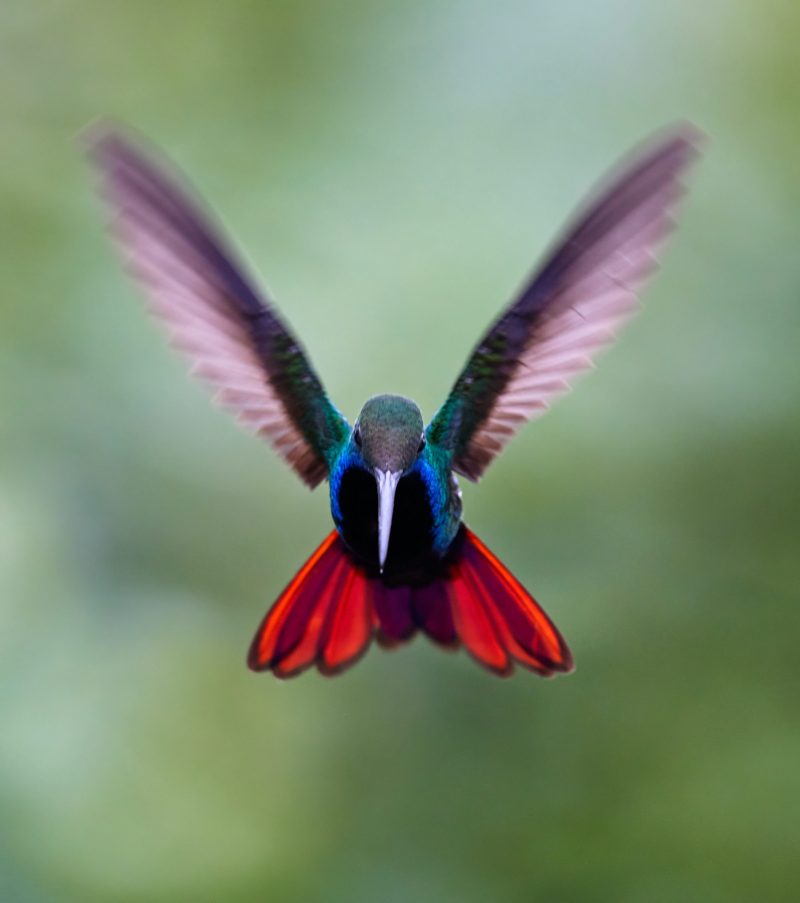
Tough guys
Don’t be fooled by their size or their beautiful colors … Turns out that hummingbirds can be quite territorial. Biologists say they have seen them attacking crows, and even falcons!
But experts point out they only attack in order to protect their homes.
Where to find hummingbirds
Most hummingbirds live in wooded areas where there are many flowers, as well as in grasslands and meadows. There are several species that do quite well in other environments, such as hot and cool areas.
Still, most hummingbirds enjoy living in Central and South America and can be found there year-round, with some moving north each year.
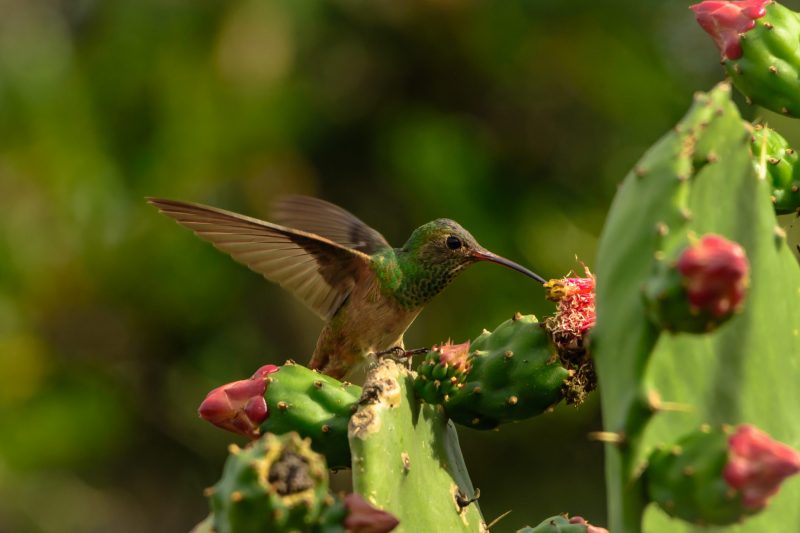
Types of hummingbirds
There are around 340 species of hummingbirds in the world. Most of them live in Central and South America. But you can find them as far north as Alaska. Here are some species:
Antillean crested hummingbird (Orthorhyncus cristatus)
Vervain hummingbird (Mellisuga minima)
White-tipped sicklebill (Eutoxeres aquila)
White-whiskered hermit (Phaethornis yaruqui)
Sparkling violetear (Colibri coruscans)
Black-throated mango (Anthracothorax nigricollis)
Mexican violetear (Colibri thalassinus)
Blue-chinned sapphire (Chlorestes notata)
Purple-throated carib (Eulampis jugularis)
Hummingbirds don’t hibernate as bears do. But they can lower their body temperatures, which results in a mini-hibernation phase. While in this phase, there is a significant drop in the hummingbird’s metabolism and heart rate, giving the little bird the ability to live for long periods of time without eating much food. But, regardless of how much energy they can conserve, their survival is uncertain without a constant food supply. Keep in mind that there are few or no nectar-producing flowers during winter on some parts of the globe. Then, these little birds must change their diet and live on insects. Hummingbirds played a very important role for ancient cultures. Their incredible speed and fragility, similar to ideas and thoughts, explain why indigenous populations considered them amazing messengers. Then, for the Mayans, they carried humans’ good thoughts and wishes from one place to another. They were thought to transmit messages from humans to gods as well. Mexicas (not to be confused with Mexicans) considered hummingbirds brave warriors. They were the main symbol of their god Huitzilopochtli, god of the sun and war. Thank you to the amazing photographers from Pexels, Unsplash and Wikipedia. You can submit your own photos to EarthSky Community Photos. We would love to see them. Bottom line: Hummingbirds are tiny, fast and colorful. Read more about these fantastic creatures.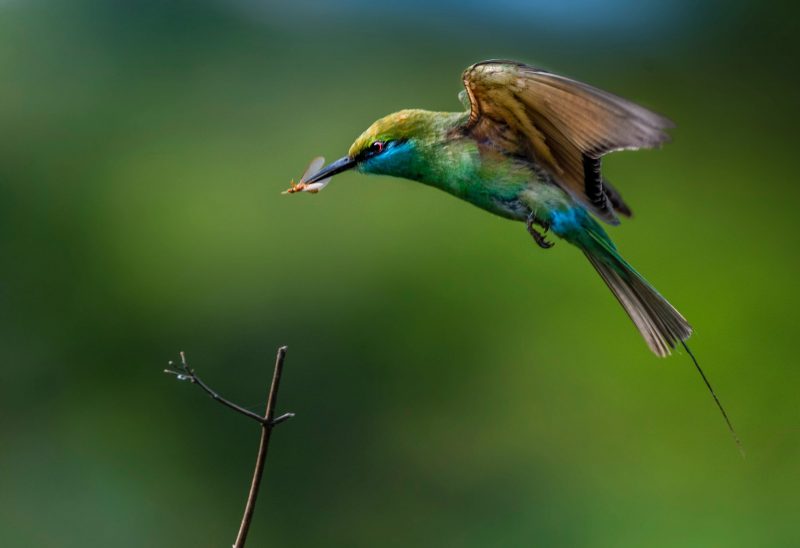
Culture and mythology of hummingbirds












